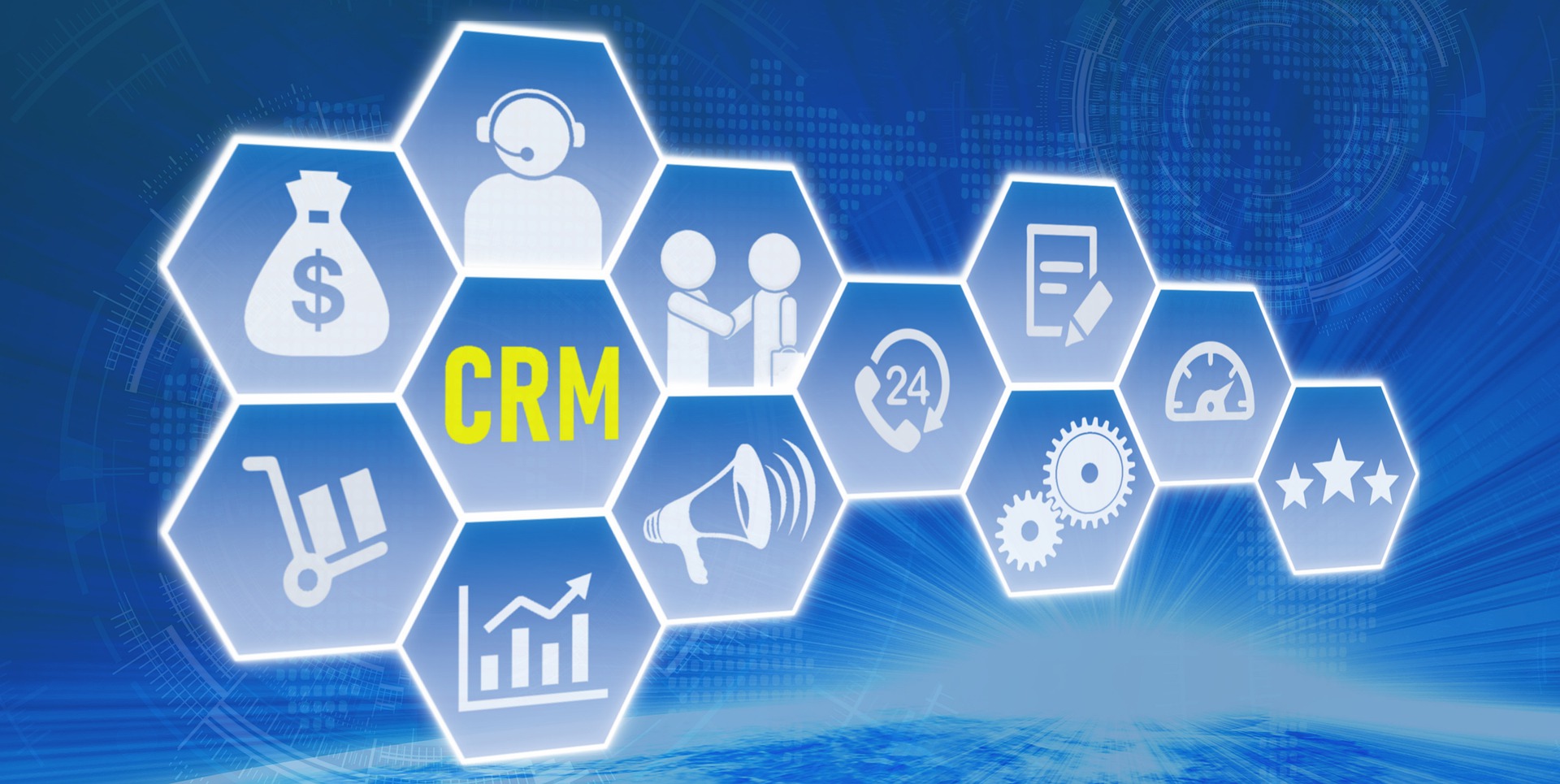CRM software was initially created to assist organizations in establishing and maintaining relationships with both potential and current clients. At that time, CRM software has grown from a straightforward contact management system to a powerful tool that enables customers to manage sales, marketing, point-of-sale transactions, accounting, vendors, and other sorts of operational data in a single, readily available solution.
CRM aids in growth by assisting with lead generation, prospect follow-up, and nurturing of leads along the sales pipeline. CRM is also used to keep customers loyal by preserving crucial data to increase sales, such as by customizing the experience and offering top-notch customer service.
CRM Software

CRM provides a wealth of features that may be used to increase sales and carry out more successful marketing efforts in addition to keeping your relationships organized. Below is more information on the features that CRM software provides for small organizations. sales and lead management. By automatically producing leads from a variety of sources, including social media, website visitors, incoming calls, newsletter sign-ups, and more, you may find new consumers. Leads can be followed up with automatically using pre-set emails and tasks, or you can get in touch with them yourself. From lead generation to sealing the sale, CRM can guide prospects every step of the way through the sales pipeline. Several CRM systems also enable users to generate, save, and track invoices.
- Email layouts, email marketing pipelines, SMS messaging, and simple project management tools are just a few of the marketing features that are already included in many CRM platforms. Some even provide tools for sales forecasting and tracking competitors.
- E-commerce.Some advanced CRM software includes built-in e-commerce capability, while other systems make it simple to integrate e-commerce, either by using an external service or by using the API.
- Reports/dashboards.Most CRM programmes have some reporting features, and many of the more expensive ones have real-time, dynamic dashboards. Ensure the system you chose is compatible with any exporting or importing requirements you may have (for example, transferring data to and from Excel or QuickBooks).
- Call center.The majority of cheap CRM packages lack call center features, but there are third-party interfaces that can connect call center and CRM products. A CRM with complete call center functionality might be beneficial to implement, nevertheless, if a call center is essential to your company’s operations. Top Call Centers and Answering Services for Companies is a Related Story.
- Workflows.A crucial component of any CRM is project management. The majority of top-notch CRMs have workflows and permissions that resemble checkmarks as standard features that help with task administration and organizing. The level of flexibility provided by these project management systems varies, though, from product to product, so be sure to check if you require a certain procedure step or approval process. it can be accommodated by the programme you select.
CRM pipeline
You can rationally arrange your prospects and forecast revenue using a sales or CRM pipeline, which is a visual depiction of your sales cycle (i.e., conversion rate, average length of sales cycle, average contract value, etc.). You may predict the precise number of new leads required to reach your sales quota by analyzing your numbers. A CRM pipeline might comprise the workflow and action items done by your team members throughout the sales cycle, which may be the difference between these two concepts.Depending on their unique life cycle, trade, and client behavior, some firms might add or eliminate stages. For instance, selling a gym membership might take less time than negotiating a multimillion dollar deal with a manufacturing company. With gym management software, you can manage the former with ease, while the latter necessitates intricate agreements. The precise layout of your pipeline will depend on your industry. Around 80% of prospects, according to research from Sales Insights Lab, won’t be a suitable fit for your business.
You may better qualify prospects and hence improve your chances of success with the help of strategically created and implemented sales pipelines. You’ll spend a lot of time and money speaking with prospects that aren’t a good fit if you don’t have an effective sales pipeline.
As an illustration, imagine that you are the sales manager of a software development firm and that you are attempting to approach potential customers without a formal sales funnel in place. Just making a cold call to them in the hopes that some will be interested. A 10% conversion rate would suggest that you close one out of every ten sales meetings you have with quality leads.
Sales pipeline management
You need a plan to manage your sales pipeline once you’ve built and mapped it out. That entails streamlining your operations and putting in place a mechanism to monitor the status of deals. Otherwise, things may become really disorganized.
In order to quickly assess the status of your deals, the correct CRM solution may assist you in prioritizing leads based on conditional data such as deal size, engagement, industry, etc. Even the most intricate workflows can be mapped out using modern CRMs.
For instance, with Monday Sales CRM, you can quickly create your sales pipeline and track the status of each deal using a vibrant, aesthetically pleasing interface. To construct and manage any form of pipeline, you can add or remove deal stages and columns, as well as reorder items at will. Several sales funnels can be easily managed. Our Kanban View is perfect if you’re focused on the conventional linear method. It aids in creating a more “progressive” image of your pipeline. With just a few clicks, you may switch views thanks to our variety of data visualizations. As an alternative, take a look at our funnel chart, which enables you to view the progression of your deal’s stages from new to won or lost in real time.

